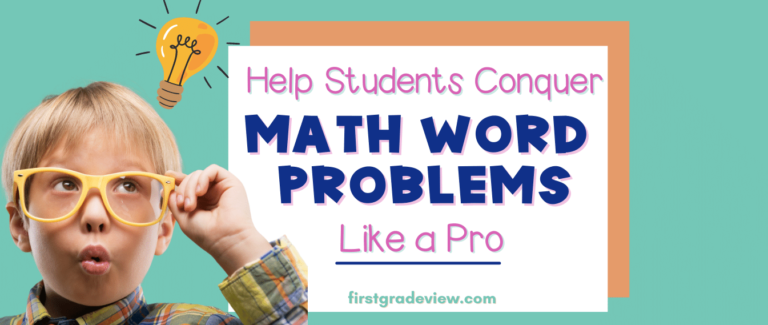Ah, the memories of my second-grade journey to Pluto. At least, that’s what it felt like as we tackled math fact fluency. Our teacher had this clever system. We took timed tests, and with each successful pass, our rocket zoomed to the next planet on the bulletin board. Yet, despite her efforts, some rockets seemed perpetually grounded. It was clear: memorization alone wasn’t cutting it for everyone.
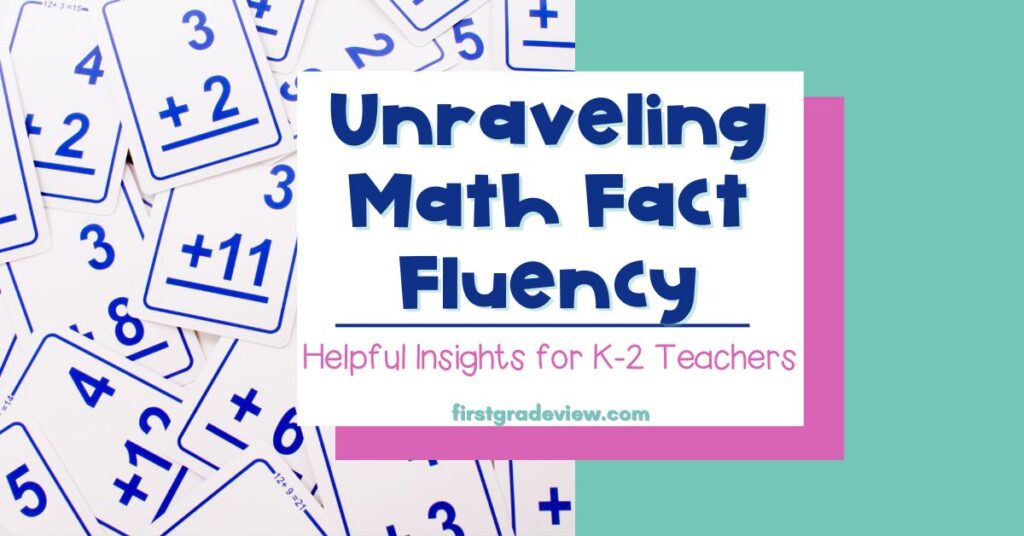
Mastering math fact fluency, or the ability to recall math facts quickly and accurately is like building a sturdy bridge – it’s the foundation upon which students construct their mathematical skills. According to the Common Core State Standards, students should master their basic math facts by the end of second grade. But here’s the kicker: it’s the kindergarten and first grade teachers who lay this crucial groundwork. Now, there are various approaches to bolster math fact fluency, but let’s be real – not all methods are created equal.
Approaches to Math Fact Fluency
Memorization
One popular method used for math fact mastery is the good ol’ memorization route. Picture this: students engaged in an endless sea of drills or taking timed tests armed with nothing but a stopwatch and a prayer. But wait, there’s more. Did you know that to master all basic addition and subtraction facts, students would need to commit to memorizing over 200 facts? Yep, that’s right – over 200! Now, while rote memorization has its success stories, research begs to differ. With a laundry list of facts to memorize, students often stumble into inefficiency, blindly applying facts without a second thought, and sadly, this usually leads to the only option of counting by ones. What’s worse, these drills and timed tests can lead to anxiety around math. We now know that connecting to and building upon what children already know can help them learn their basic math facts.

Explicit Strategy Instruction
So if rote memorization doesn’t quite cut it, what’s a teacher to do? Enter: explicit strategy instruction. This approach to teaching math facts supports children’s thinking rather than making them memorize in isolation. An example of an explicitly taught strategy would be the handy “doubles plus one” strategy. For example, when learning 5+6, students can use their knowledge of doubles to solve. If they know 5+5=10, then 1 more is 11. The real magic? Students aren’t just regurgitating facts; they’re flexing their problem-solving muscles. Most importantly, students exercise the power of choice in selecting the strategies that truly resonate with them.
Guided Intervention
In guided intervention, strategies are also emphasized, but they are generated from the students themselves rooted in number relationships that make sense to them. Picture this scenario: one student tackles 7+8 using the trusty “doubles plus one” technique, swiftly adding 7+7 to land at 14, then knowing 1 more is 15. Meanwhile, across the room, another student opts for a different path, breaking down 7 into 5 and 2. Then making 10 by adding 8 and 2, and finishing by adding on 5 to get 15. When these strategies are shared and articulated in the classroom discourse, other students can apply them too. In this way, students are being guided to use more efficient strategies than counting by ones.
Supporting Math Fact Fluency
As teachers lay the foundation to helping students master their math facts, there are many different ways to support them along the way. Here are a few ideas to to try:
Use story problems– Teaching through story problems is a great way to provide guided intervention for students. They will get to select computation strategies that make sense to them. Also, by seeing their peers work, they can try out new more efficient methods as well. Check out these addition and subtraction math word problems that are already done for you!
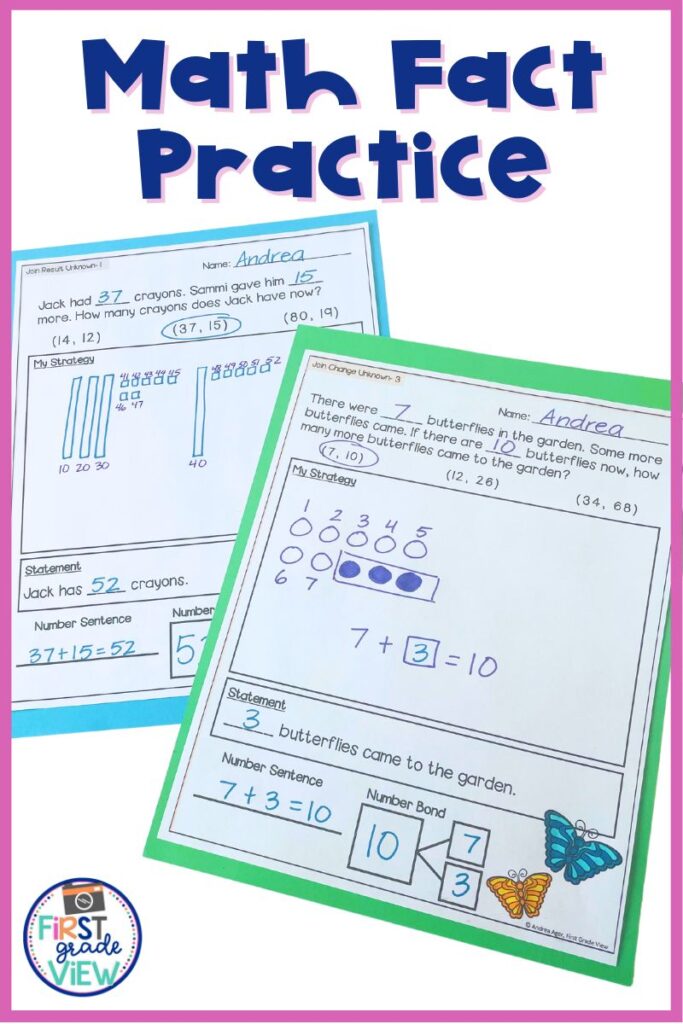
Explicitly teach reasoning strategies– Help students expand their collection of strategies by teaching them explicitly. Your math curriculum will most likely be the best resource for this since many curriculums teach strategies. Just remember, students will need to be exposed to a strategy more than once. Additionally, make sure you allow students to choose their own solution method to solve.
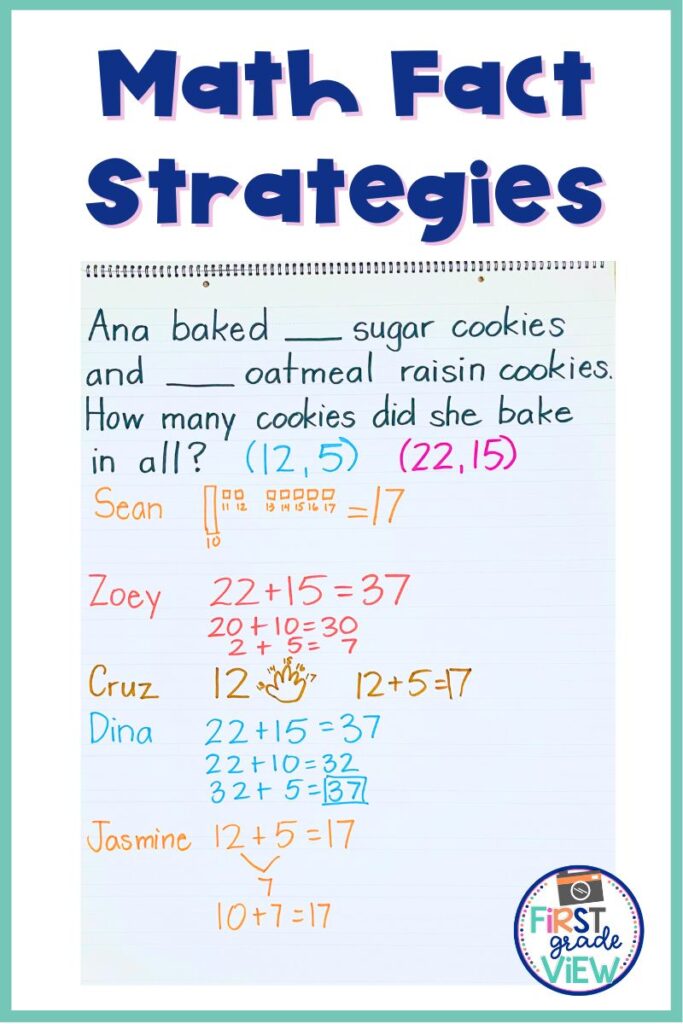
Incorporate math facts into everyday activities– Look for opportunities to incorporate math facts into everyday activities, such as lunch count, your morning meeting, or your daily math warm-up routine to give students more opportunities to practice.
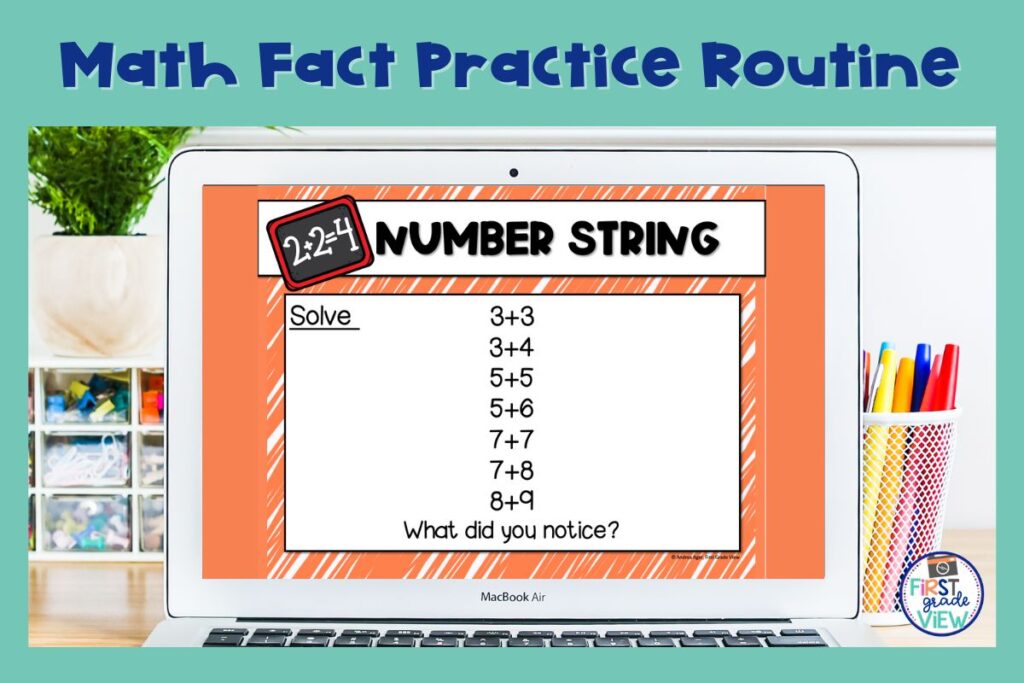
Use manipulatives– Hands-on manipulatives, such as counting bears or base-10 blocks, can be a helpful tool for reinforcing math facts. For example, students can learn the make ten or take from ten strategy using ten frames and math counters.
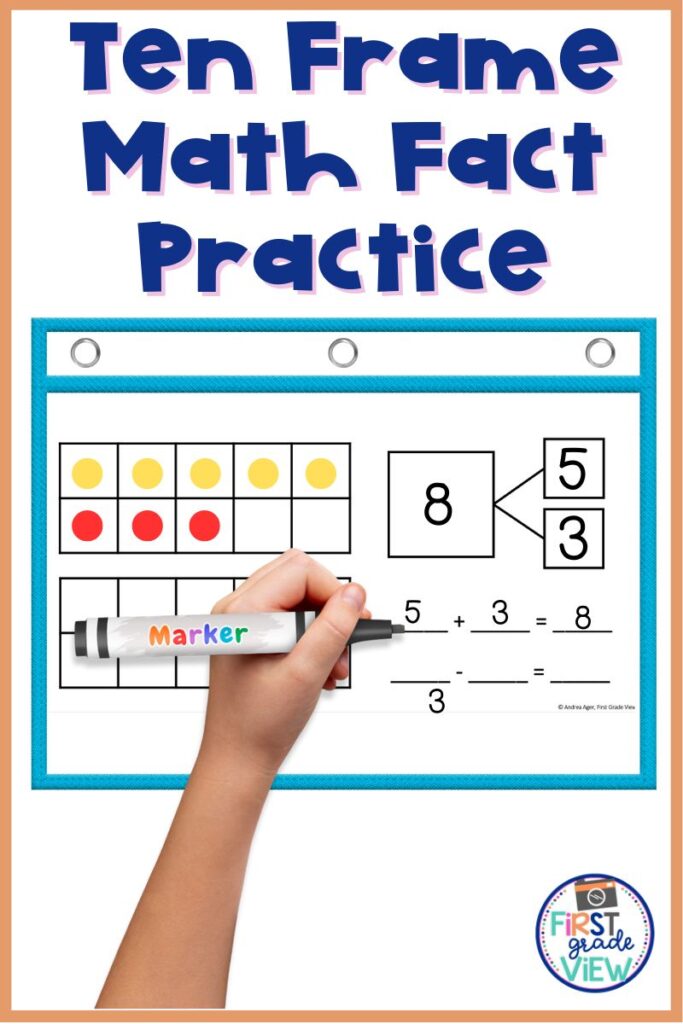
Play math fact games– There are many fun and engaging math games that can help students practice their math facts, such as “Around the World” or dice games.
Use technology: There are many online resources and apps that can help students practice their math facts, such as math fact fluency games or quizzes. Additionally, be sure to check out YouTube for math fact brain breaks to incorporate movement while practicing facts like this one by Moving Time Academy.
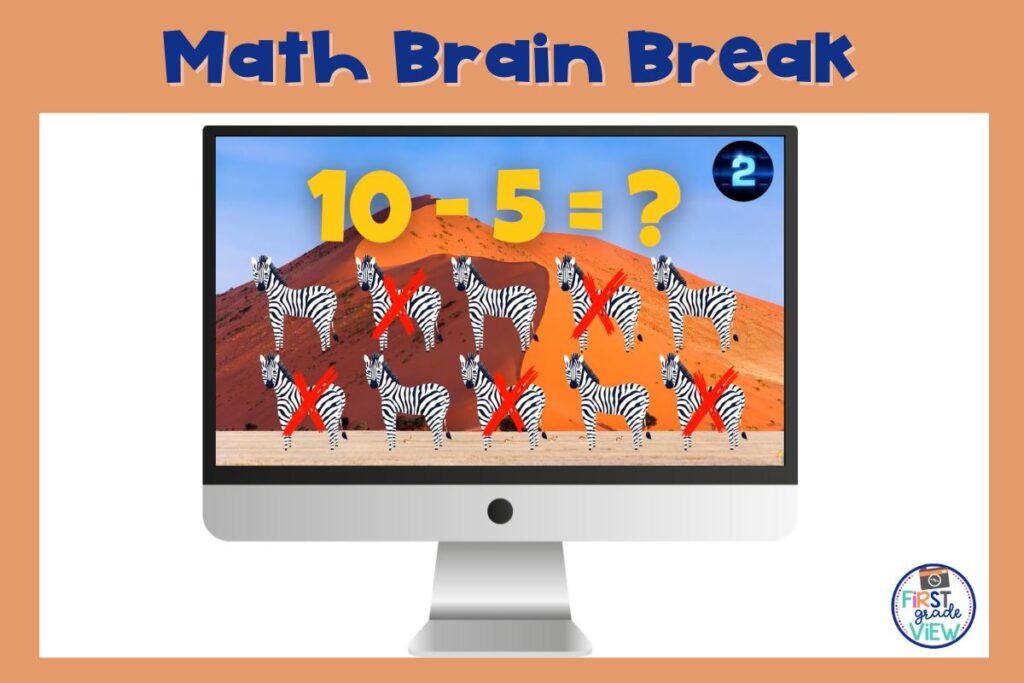
Use drills and practice sheets– Yes, practice sheets and drills that focus on specific math facts are still allowed. They just should not be the only method. They can be a useful way to help students improve their speed and accuracy.
Provide frequent feedback and support– Make sure to provide regular feedback on students’ progress and offer extra support to those who are struggling. In the developmental process for math fact mastery students progress through counting strategies, then reasoning strategies, before finally reaching mastery or recall.
As we wrap up our exploration of math fact fluency, it’s clear that there’s no one-size-fits-all solution. From rote memorization to strategy-based approaches, each method offers its own set of advantages and considerations. What’s essential is that we remain open to diverse strategies and continually assess what works best for our students. So, whether you’re championing the power of student-generated strategies or delving into guided interventions, remember that our ultimate goal is to equip students with the tools they need to navigate the world of math confidently. As you reflect on your own experiences and strategies, I invite you to share your favorite approaches in the comments below. Let’s continue this conversation and inspire one another with our collective wisdom!
You May Also Like:
Solving Story Problems in Math: How to Teach the Most Powerful Routine


